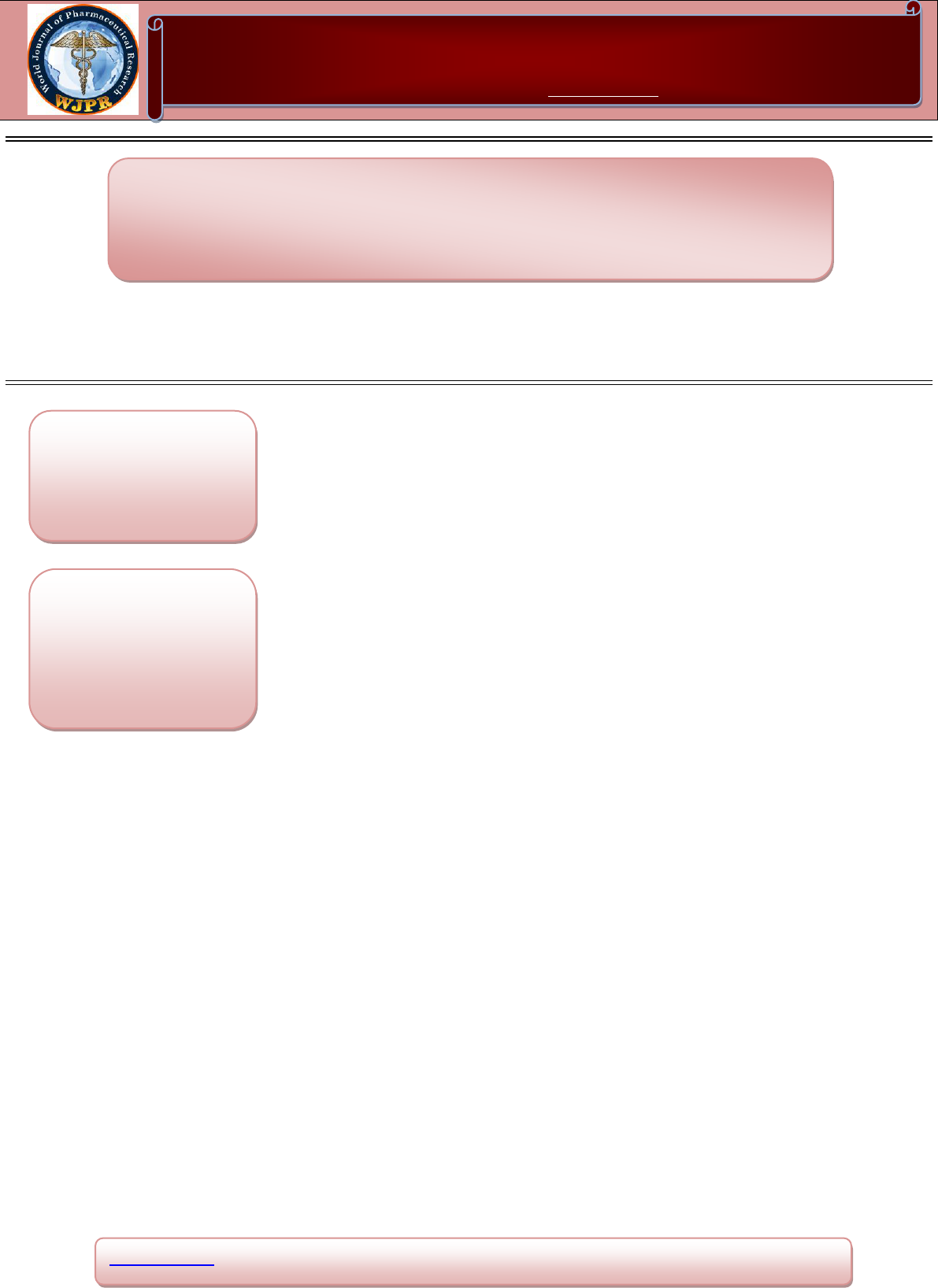
Sujitha. World Journal of Pharmaceutical Research
www.wjpr.net │ Vol 11, Issue 16, 2022. │ ISO 9001:2015 Certified Journal │
1574
SRI VISHNUSAHASRANAMA COMBINED YAGYA, A HOLISTIC
PRACTICE FOR PSYCHOPHYSIOLOGICAL WELLBEING: A CASE
STUDY
Pombala Sujitha*, PhD
Managing Director, UCHA Herbs Private Limited, Hyderabad, India.
ABSTRACT
During the global pandemic -with fear, stress, anxiety and depression,
the research on Ayurveda Classics is especially significant and have
important applications with its distinctive mental and physical health
implications. In quest for traditional approaches or no drug therapies,
the present study support the practice of Mantra and Yagya chikitsa of
Daivavyapashraya chikitsa (Ayurveda classics) as an alternative
therapy of preventive and protective approach to combat infectious
diseases, and to enhance immunity and psychological wellbeing. With
the growing research on influence of mantra on the efficacy of yagya,
and with the little available research on Sri vishnusahasranama mantra,
the current study presents interesting results on the psychological interventions of performing
Yagya and Sri vishnusahasranam mantra. The present study infered that, Yagya with Sri
Vishnusahasranama chanting combined with pranayama and dhyana significantly reduced
anxiety level of the participants measured using Sinha’s Comprehensive Anxiety Test. There
is a significant difference on anxiety of participants before and after the divine practice with
reduction in the level of anxiety (p=0.0842; 95% confidence interval -3.62 to 32.62; t =
2.5467; df = 3; n=4). The mean difference of pre readings (Mean + SD; 27.75+17.35) and
post readings (13.25+9.22) was 14.50+5.694 indicating significant reduction in the anxiety
level. This could be a holistic alternative approach to improve psychophysiological
immunity, mental wellness, mindfulness, mental power and strength; decrease psychological
stress, anxiety, fear, increase positive mood, decrease negative mood, and improve social and
family connection.
World Journal of Pharmaceutical Research
SJIF Impact Factor 8.084
Volume 11, Issue 16, 1574-1580. Case Study ISSN 2277– 7105
*Corresponding Author
Dr. Pombala Sujitha
PhD, Managing Director,
UCHA Herbs Private
Limited, Hyderabad, India.
Article Received on
07 October 2022,
Revised on 28 Oct. 2022,
Accepted on 18 Nov. 2022
DOI: 10.20959/wjpr202216-26297

Sujitha. World Journal of Pharmaceutical Research
www.wjpr.net │ Vol 11, Issue 16, 2022. │ ISO 9001:2015 Certified Journal │
1575
KEYWORDS: Yagya therapy, Sri Vishnu Sahasranama, Mantra therapy, wellness, anxiety,
stress.
INTRODUCTION
Ayurveda developed more than 3000 years ago is one of the world’s largest holistic healing
systems and still there is quest for traditional health knowledge. Traditional medicine is
defined as “the sum total of the knowledge, skill and practices based on the theories, beliefs
and experiences indigenous to different cultures, whether explicable or not, used in the
maintenance of health as well as in the prevention, diagnosis, improvement or treatment of
physical and mental illness”. The main principal of ayurveda is to promote good health, not
fight diseases is dependent on balance between mind, body and spirit. Health is described as a
state of physical, mental and social wellbeing but not merely as the absence of disease
[1]
.
From ancient times, Traditional Medicine (TM) is associated with physical health, mental
health and spiritual health benefits and understanding and rationalization of ancient TM is an
important aspect of scientists throughout the world in past few years.
Recently, WHO Traditional Medicine Strategy 2014-2023 stressed the need to fully harness
traditional medicine and its contributions to maintaining health, wellness and people -
centered and universal health care. At least 25% of all modern medicines are having direct or
indirect roots from traditional medicine. The complementary and alternative medicine has
two categories, natural products and mind - body practices. Currently, more than three of the
population around the world use traditional medicines for their health care. Ayurveda, as an
alternative traditional complementary medicine describe Daivavyapashraya chikitsa as one of
the three modalities for Shariraka Dosha (bodily elements) and Manasika Dosha
(psychological attributes). Among Daivavyapashraya chikitsa, Mantra chikitsa and Yagya
therapy are considered as prominent tools of Ayurveda classics.
[2]
Recent scientific research has contributed to understanding of the mechanisms, effects, and
applications of Mantra and Yagya therapy. Mantra has been shown to be associated with
alterations in brain structure, better mental health, improved attention, greater emotional self-
regulation, slower cellular aging, better academic performance and other outcomes
[3]
.
Mantras are “primordial rhythms of creation” and constant repetition awakens the
consciousness – chit or Chaitanya. Yagya is an ancient holistic spiritual sacrifice and
sublimating hawan samagri (herbs) in the Yagyagni with chanting of vedic mantras. As per
Ayurveda classics Yagya and Mantra chikitsa are considered as the most important

Sujitha. World Journal of Pharmaceutical Research
www.wjpr.net │ Vol 11, Issue 16, 2022. │ ISO 9001:2015 Certified Journal │
1576
approaches of Daivavyapashraya Chikitsa for physical and mental wellness
[5]
. Despite,
growing research on Mantra and Yagya therapy, research on its psychophysiology correlates
is in nascent stage and little scientific studies are available on the effect of Sri
Vishnusahasranama and Yagya on psychological attributes. In this scenario, the present study
provides a report on the effect of Yagya practiced in a holistic approach as a divine spiritual
therapy for psychophysiological immunity.
MATERIALS AND METHODS
Participants
Four participants were selected for the study to understand the impact of divine therapy of
Mantra and Yagya on psychological wellbeing. A sample of 4 volunteers of age group 25-35
were selected randomly with their prior consent to participate in the study. Two male and two
female participants who had faith on Mantra and Yagya were selected.
Pranayama and Mantra Meditation
Before performing Yagya, 20-minute Mantra meditation was conducted by chanting Om
Mantra and Gayatri Mantra. During meditation participants were instructed to sit in a quiet
and comfortable position to enter meditative state, close eyes and first practice pranayama, a
breathing exercise involving fast breathing followed by a slow inspiration through the right
nostril and a slow expiration through the left nostril according to individual comfort. Then
followed by meditation to feel the positive energy of mantra chanting.
Procedure of Yagya
Yagya was performed as described in the book “Sankshipt Gayatri Hawan Vidhi”
[6]
by four
vedpandits. Yagya was performed in a traditional small yagya shala with the Yagya Kunda
(fire pit) and the fire pit used was made of clay and bricks, coated with cow dung. The four
participants were made to sit on the four sides of the Kunda. Yagya was performed early in
the morning during the time of sunrise with herbs (common havan samagri) available from
Herbal Medicine store, Telangana. Dried Cow dung patties of indigenous breed and mango
sticks were used as samidha (firewood). The mantras used were Sri Vishnu Sahasranama and
Gayatri mantra.
Briefly the procedure included Shatkarma (Pavitrikaranam, achaman, shikhavandanam,
nasya, prithvi pujanam), chandandharanam, Guru Aavahan, 24 Gayatri Mantrahuti, Sri
Vishnusahasranam Mantrahuti using hawan samagri, and pranayama. Hawan mixture
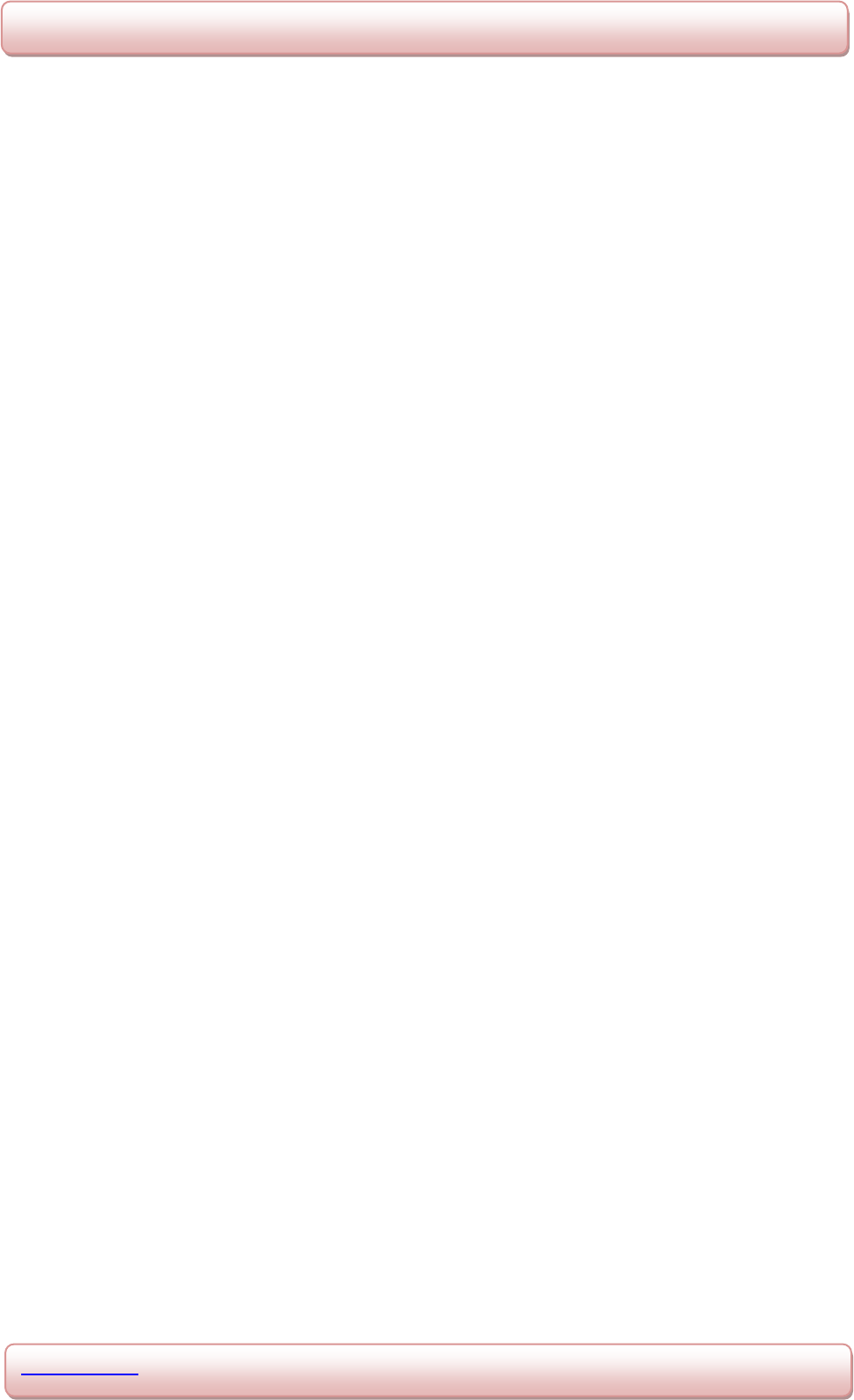
Sujitha. World Journal of Pharmaceutical Research
www.wjpr.net │ Vol 11, Issue 16, 2022. │ ISO 9001:2015 Certified Journal │
1577
included several medicinal herbs such as Tulasi (Ocimum tenuiflorum), Saptaparni (Alstonia
Scholaris), Aswagandha (Withania somnifera), Harada (Terminalia chebula), Mulaithi
(Glycyrrhiza Glabra Bois), Punarnava (Boerhavia diffusa), etc.
Sinha’s Comprehensive Anxiety Test (SCAT)
Comprehensive Anxiety Test, Constructed and Standardized by Sinha, A. K. P. and Sinha L.
N. K. (1971)
[7]
was used to measure the anxiety among the participants. During the testing
session participants were instructed in brief about the purpose. Firstly, a questionnaire of
Sinha’s Comprehensive Anxiety Test (SCAT) was filled with proper instructions as per the
manual and data was recorded. Sinha’s Comprehensive Anxiety Test (SCAT) by A. K. P.
Sinha and L. N. K. Sinha is a test available both in Hindi and as well as in English. This test
is published by Agra National Psychological Corporation. It covers five levels of anxiety.
The test contains 90 items of manifest anxiety. It is 15 to 20 minutes’ test. Participants were
asked to read the items carefully and to put a tick mark in one of the provided spaces
according to their opinion “YES” or “NO”. After collecting the responses, checked for any
gaps or discrepancies in the response sheets and then used scoring key to calculate MEAN,
SD and “t” - Value of respondents. Test consists of 4 items, significant at 0.01 levels.
Scoring, Sum, total scores show the anxiety level. Higher the scores show higher the anxiety.
RESULTS AND DISCUSSION
The Divine therapy is a very effective ancient therapy and holistic approach for physical and
mental health. The present study indicated a significant reduction in stress and anxiety level
that could be attributed to divine practice of pranayama, gayatri Mantra dhyana and Yagya
with Sri Vishnusahasranama mantra. To date, there is little understanding of the unique
properties of Mantra and Yagya therapy, and the research is still in its infancy stage. It is
believed that their health benefits arise from a convergence of multiple processes. It provides
therapeutic advantage to many kinds of disease whether somatic or psychic or somatopsychic
or psychosomatic.
[8]
Pranayama, the initial step practiced in this divine therapy, is a yogic breathing technique that
help improve the pulmonary and cardiovascular functions by increasing lung capacity and
improving circulation of blood resulting in better expulsion of toxins and free radicals from
the system. When pranayama is performed slowly and rhythmically may help reduce stress
levels along with lowering of blood pressure and heart rate simultaneously increasing
metabolism and cognitive function; and reduced fatigue, anxiety, and other emotional
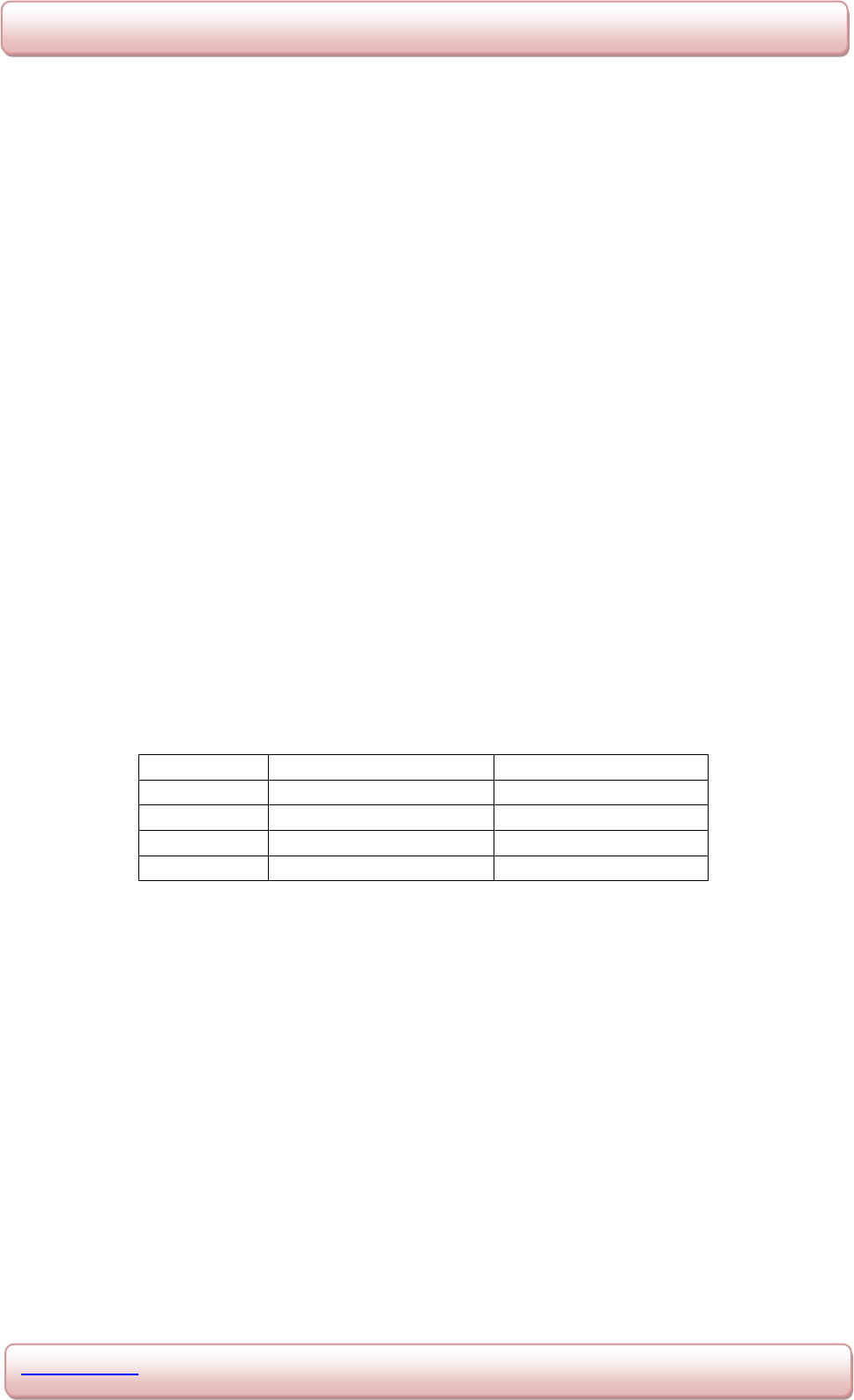
Sujitha. World Journal of Pharmaceutical Research
www.wjpr.net │ Vol 11, Issue 16, 2022. │ ISO 9001:2015 Certified Journal │
1578
responses.
[9]
Dhyana (Meditation) is yogic practice to lead the mind into a calm and
meditative state and help to resetting the psycho-neuro-immuno-endocrine pathways and
various hormonal secretions, thereby connecting the body mind and breath. The growing
evidence suggest that regular practice of dhyana acts as antioxidant component to strengthen
body immunity by lowering inflammatory and oxidative stress markers and upregulating
various defense markers of the immune system.
[10]
In the study, participants performed pranayama (breathing exercise), 20 minutes om mantra
dhyana and Gayatri mantra dhyana followed by Yagya by offering medicinal herbs and Sri
Vishnu sahasranama chanting. The anxiety level of the participants was measured using
Sinha’s Comprehensive Anxiety Test before and after this practise. There is a significant
difference on Anxiety of participants before and after the Yagya. The study indicated that
during the divine practice, there was a trend of reduction in the level of anxiety (p=0.0842;
95% confidence interval -3.62 to 32.62; t = 2.5467; df = 3; n=4). The mean difference of pre
readings (Mean + SD; 27.75+17.35) and post readings (13.25+9.22) was 14.50+5.694
indicating reduction in the anxiety level (Table 1).
Table 1: Change in the anxiety level before and after Yagya measured using Sinha’s
Comprehensive Anxiety Test questionnaire.
Participants
Before Divine Therapy
After Divine Therapy
1
15
10
2
18
2
3
25
18
4
53
23
Recent findings indicate proper Mantra chanting help improve the quality of functions and
enhance overall performance of psychological and physiological factors. Ayurveda classics
mentions the importance and usage of various mantras for treating ailments and for good
health. The chanting of Sri Vishnusahasranama (the sacred text Acharya Charak, Ch.Chi-
3/197) in treatment of ailments like Jwara (fever) is described in Mantra chikitsa of Ayurveda
classics. Recently, scientific evidence revealed that Gayatri Mantra chanting during Yagya
improve antimicrobial activity significantly.
[9]
From the Vedic age in India, Yagya -
inhalation of medicinal herbal smoke was general mode of treatment of several physical and
mental disorders. Some of the herbs used in the present study Brahmi, shankhpushpi,
jatamansi, vach, etc are traditionally known for mental and stress reduction when taken in
vapor or gaseous form through the nostrils, have much greater efficacy.
[10]
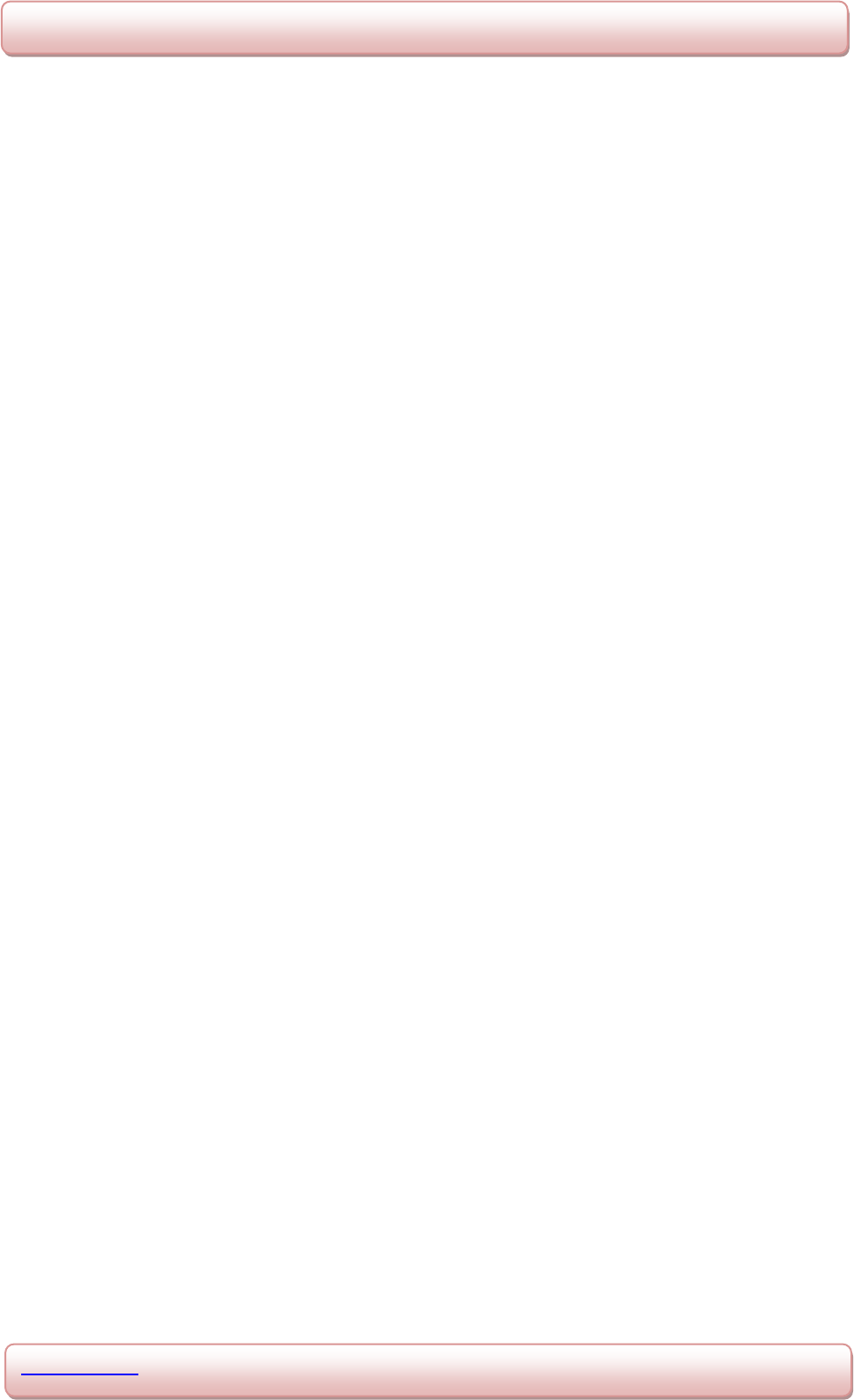
Sujitha. World Journal of Pharmaceutical Research
www.wjpr.net │ Vol 11, Issue 16, 2022. │ ISO 9001:2015 Certified Journal │
1579
Stress is considered as the hallmark of serval diseases. Kumar et al.,
[10]
reported that the
chanting of Vishnusahasranama can significantly reduce depression, anxiety and stress levels
and increase the spatial memory. As evidenced by SCAT in the current study, a significant
difference on anxiety of participants before and after Yagya was observed. The trend of
reduction in anxiety level can be correlated with the previous observation that
electromagnetic waves combined with the sonic signals of mantras help in intensifying and
transmitting impact of Yagya in psychological disorders and surroundings atmosphere and in
enhancing the hidden potentialities. The herbal fumes released during the process of Yagya
possess a wide range of physiological health benefits by exhibiting biological activities
including antimicrobial, antiviral, immune modulatory, anti-inflammatory, antiviral,
antifungal and antioxidant activity. The current study involving a combination of Pranayam,
Om/Gayatri Mantra Meditation and Yagya with Sri Vishnusahasranama recitation named as
Chaitanya kriya – A divine practice to attain a state of awareness/ consciousness “Chit”
provide possible information for psychophysiological wellness and use as mindfulnesss -
based stress reduction practice. This divine practice can be integrated and adopted as a
holistic wellness approach/ selfcare and for physical and psychological care.
CONCLUSION
The divine practice of Mantra Chikitsa and Yagya is a holistic approach to develop one’s
mental wellness, mental power and strength; and helps to remove fear, anger and depression.
It helps to attain higher level of consciousness to connect oneself to one’s inner
consciousness that results in calm, peace and balance to benefit both emotional well - being
and overall health. Health is not merely the absence of disease or infirmity but is a state of
physical, mental and social wellbeing. It can be integrated into psychotherapy for mental
health, school-based programs to facilitate attention and socio-emotional development,
prisons, the military, drug and alcohol treatment programs, corporate settings, and in
hospitals for disease management and self- health care practice.
ACKNOWLEDGEMENT
At the onset I would like to thank our God for his never ending grace; I express my heartfelt
thanks to my family & Dr. C. Ganesh Kumar, Senior Scientist, CSIR – Indian Institute of
Chemical Technology for the support extended to carry out the research.
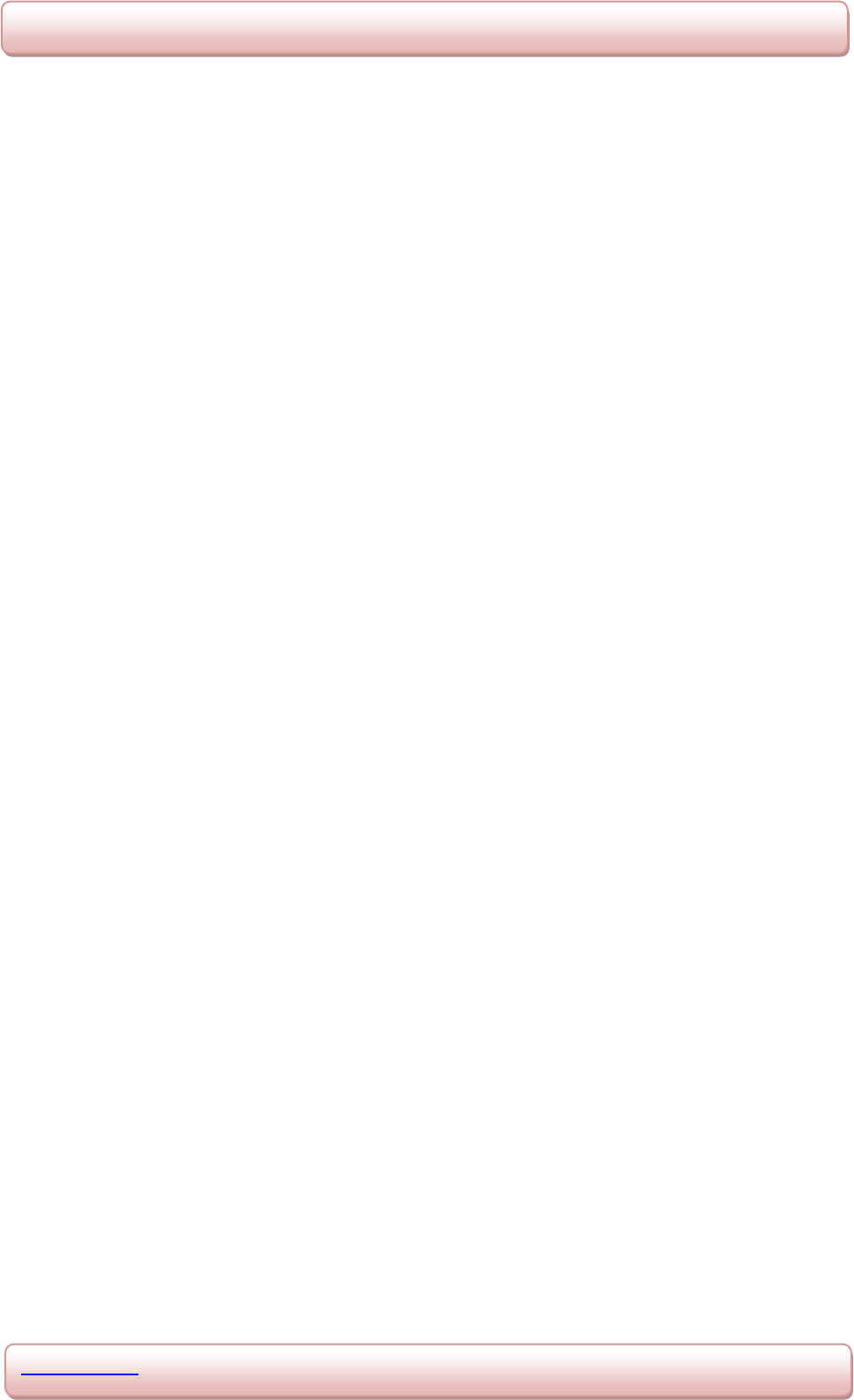
Sujitha. World Journal of Pharmaceutical Research
www.wjpr.net │ Vol 11, Issue 16, 2022. │ ISO 9001:2015 Certified Journal │
1580
REFERENCES
1. WHO, 2016. Regional workshop to share experience and evidence on appropriate
integration of traditional medicine into national health-care systems, Report of the
Regional Workshop, Pyongyang, Democratic People’s Republic of Korea, 20–22
October, 2015. SEA-HSD-390.
2. Shankar R, Lavekar GS, Deb S, Sharma BK. Traditional healing practice and folk
medicines used by Mishing community of Northeast India. J Ayurveda Integr Med.,
2012; 3: 124-9.
3. Burke A, Lam CN, Stussman B, Yang H. Prevalence and patterns of use of mantra,
mindfulness and spiritual meditation among adults in the United States. BMC Compl Alt
Med., 2017; 17: 316.
4. Perry G, Polito V, Thompson WF. Rhythmic chanting and mystical states across
traditions. Brain Sci., 2021; 11: 1–17.
5. Agnivesha, Charaka-Samhita, Ayurveda Dipika commentary of Sri Chakrapanidatta, by
Vaidya Yadavji Trikamji Acharya, Chaukhamba surnbharti prakashan, 2020; 77.
6. Acharya PSS, editor. Sankshipt Gayatri havan vidhi (Hindi). Revision. Yug Nirman
Yojna Vistar Trust, Gayatri Tapobhumi, Mathura, 2012; 1-49.
7. Sinha AKP, Sinha LNK. Comprehensive Anxiety Test. National Psychological
Corporation 4/230, Kacheri Ghat, Agra, 1973.
8. Kulkarni AA, Abhijit JH, Neha GD. An understanding towards the mode of action of
benefits of mantra chanting. Int J Res Ayurveda Pharm, 2016; 7: 36-8.
9. Pathania M, Bhardwaj P, Pathania N, Rathaur VK, Amisha. A review on exploring
evidence-based approach to harnessing the immune system in times of corona virus
pandemic: Best of modern and traditional Indian system of medicine. J Family Med Prim
Care, 2020; 9: 3826-37.
10. Kumar SS, Archana R, Soumya M, Udaya KR, Mukkadan JK. Beneficial effect of twelve
weeks Sri vishnu sahasranama chanting on stress, cognition and autonomic functions: A
pilot study. Int J Res Ayurveda Pharm, 2016; 7: 87-9.
